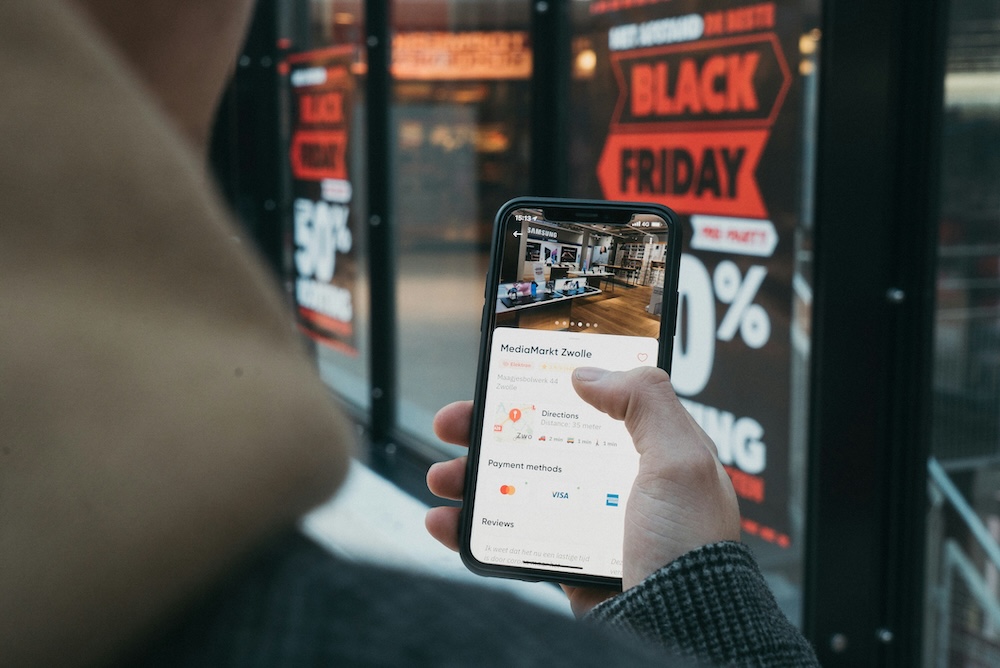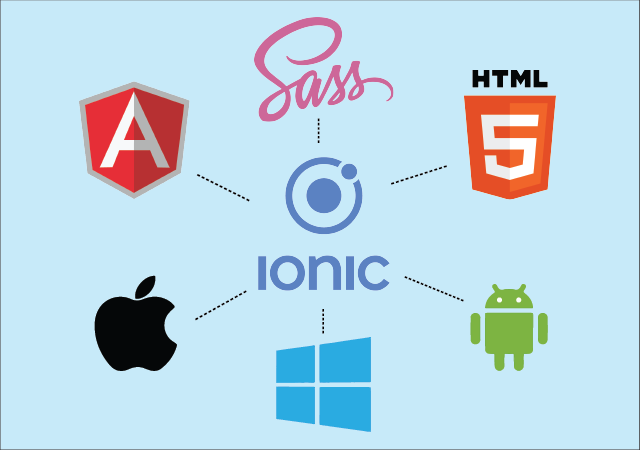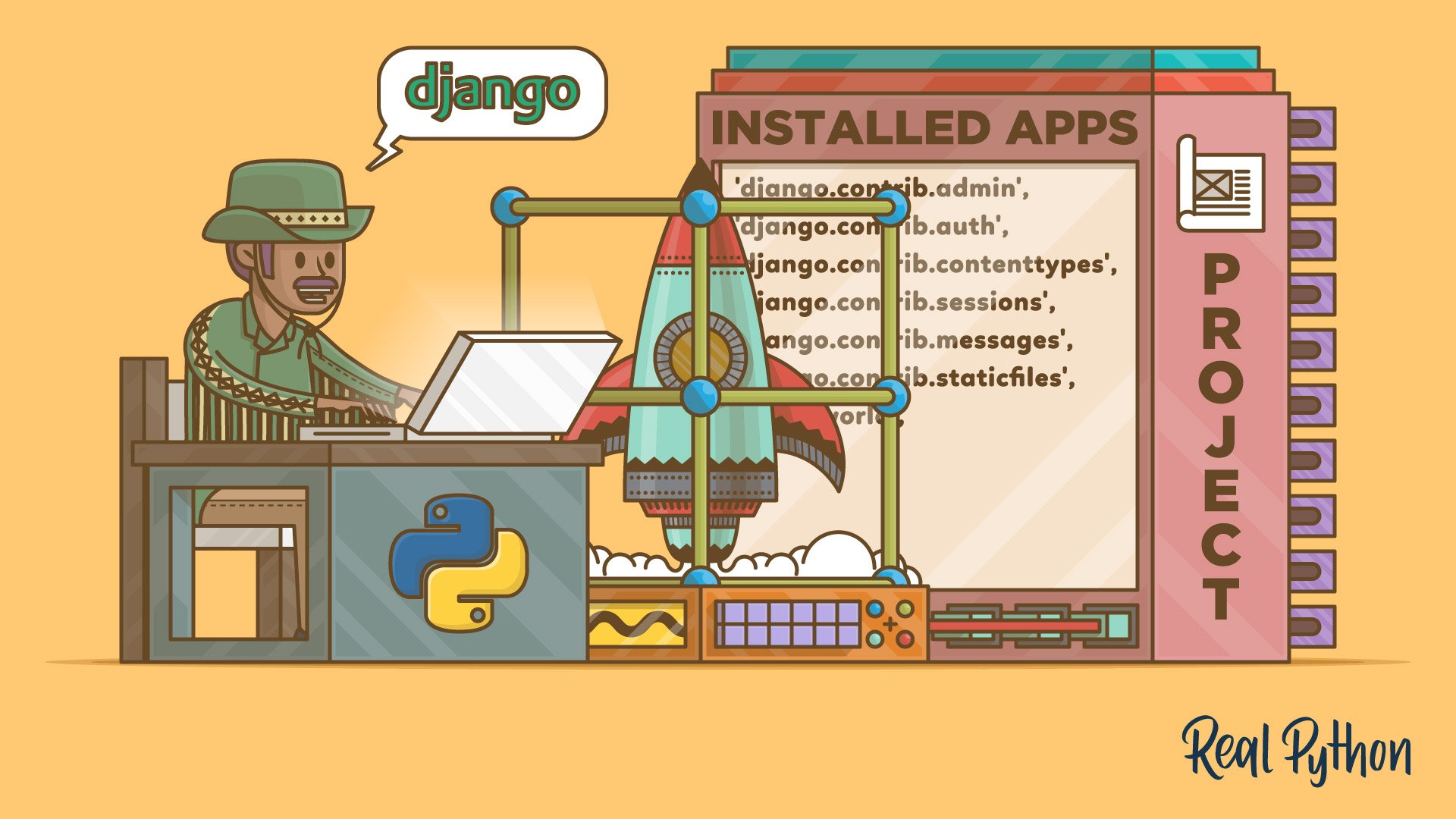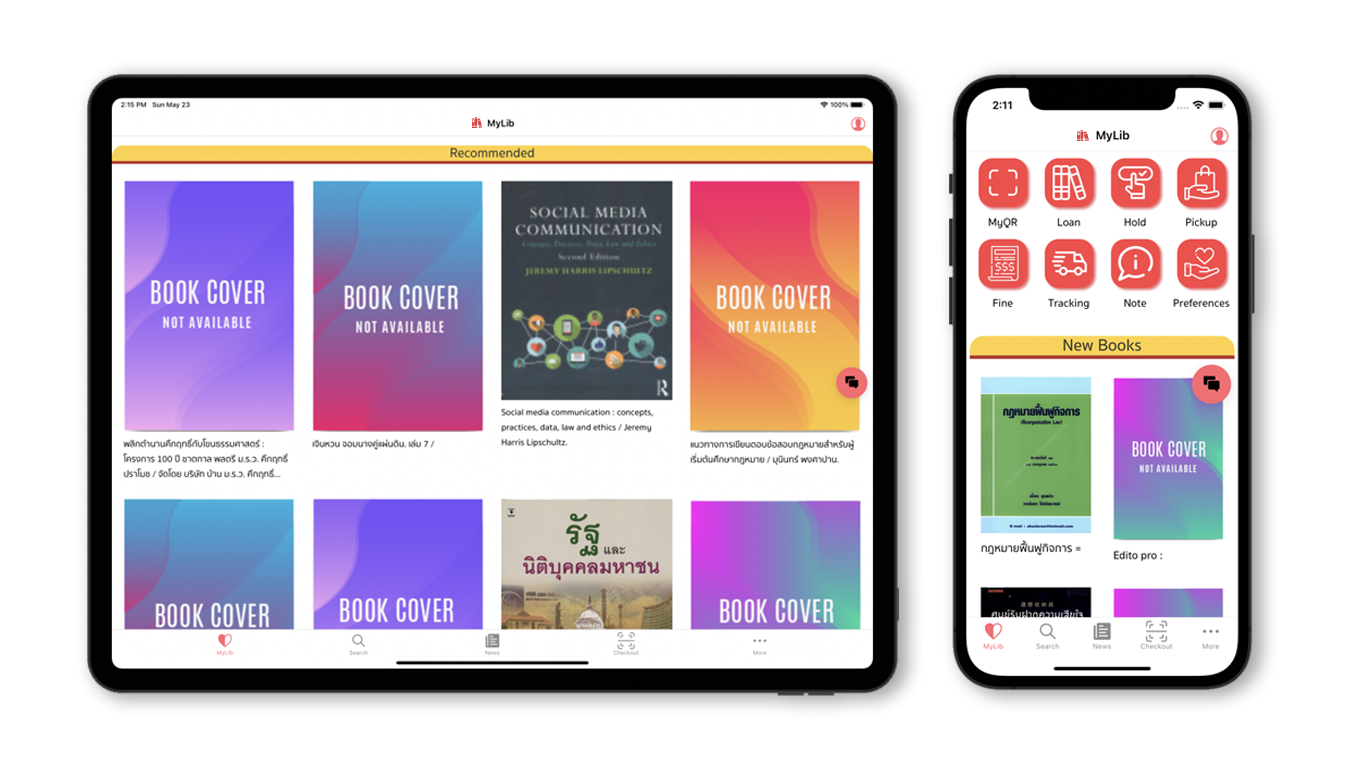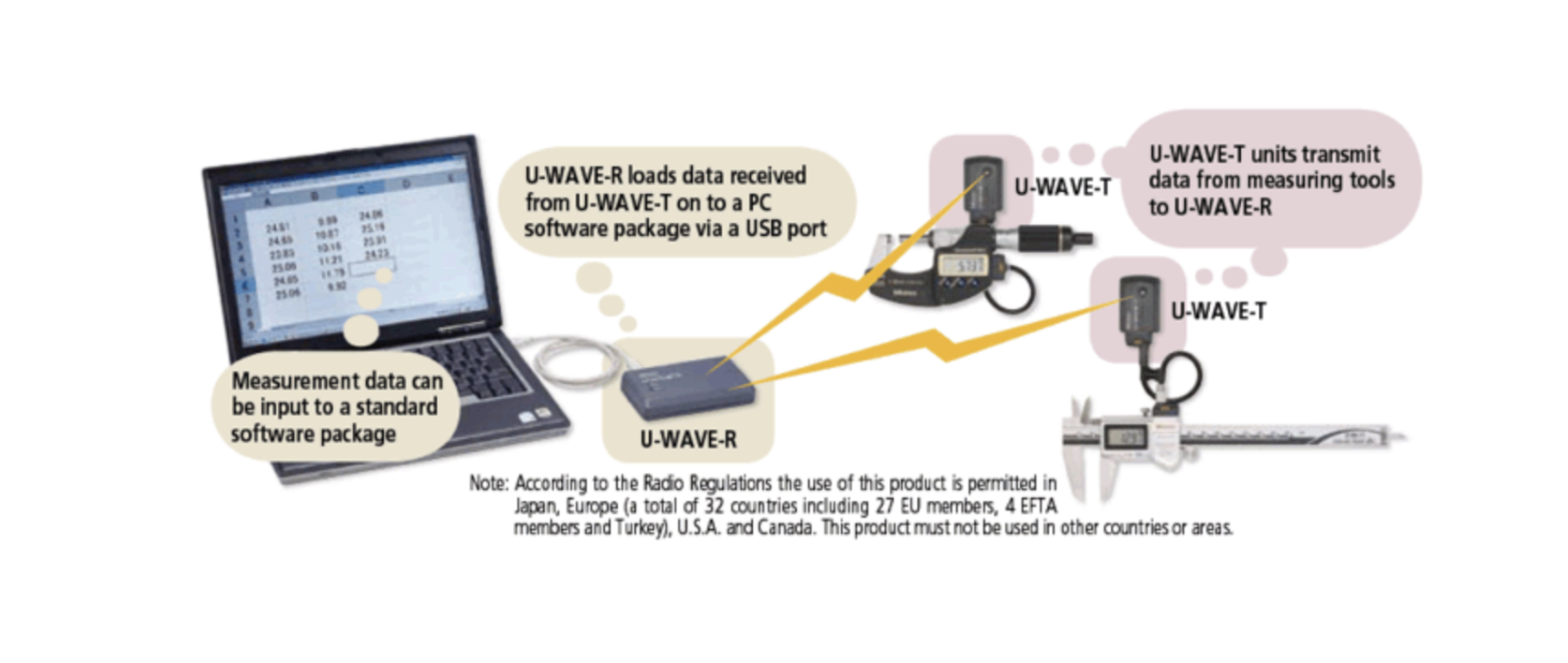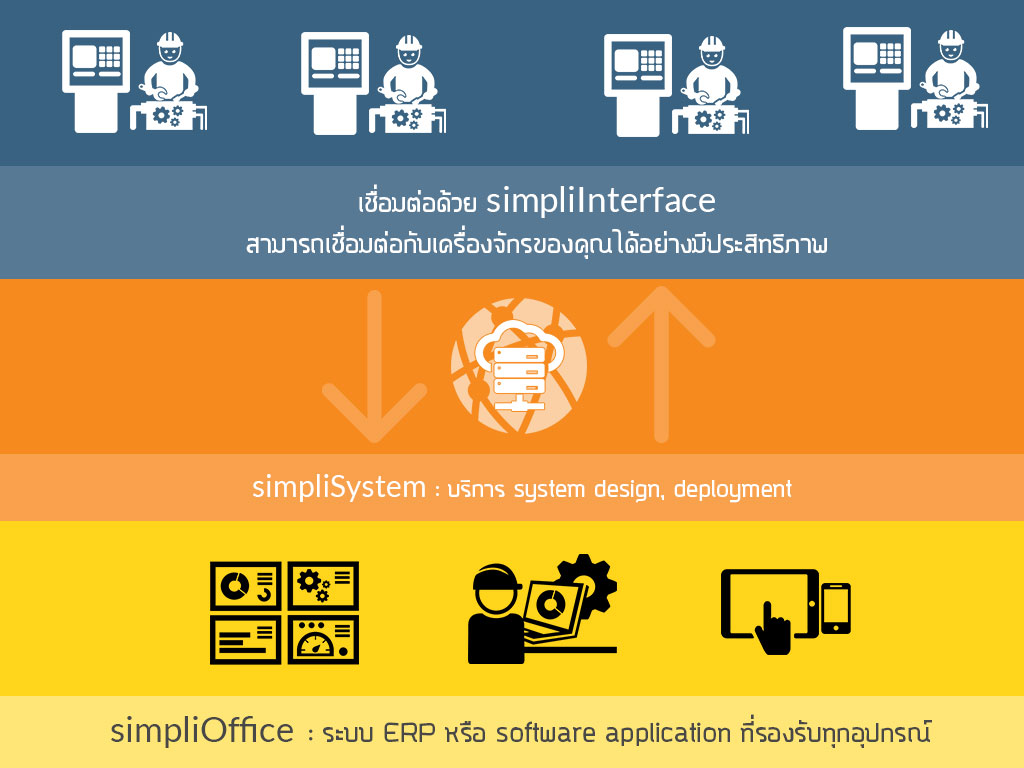Transforming Agriculture: AI-Driven Crop Health Monitoring for Smart Farming
In the era of smart farming, the convergence of artificial intelligence (AI) and Internet of Things (IoT) technologies has brought forth groundbreaking solutions that improve crop management, yield, and sustainability. Among these advancements, AI-driven crop health monitoring is becoming a cornerstone of modern agriculture.
By leveraging data from sensors, drones, and machine learning algorithms, this technology enables farmers to assess crop health in real-time, detect early signs of disease, and predict potential threats, ultimately driving a more efficient and sustainable approach to farming.
For high-value crops like durians or large-scale farms, AI-driven crop health monitoring presents an invaluable opportunity. Here’s an in-depth look at how this technology works, the stages of implementation, and its potential benefits.
How AI-Driven Crop Health Monitoring Works
AI-driven crop health monitoring employs an integrated network of IoT devices, imaging systems, and machine learning models to analyze the health of crops and predict potential issues. This approach relies on collecting precise data, processing it through advanced algorithms, and providing farmers with actionable insights in real-time.
1. Data Collection with IoT Sensors and Cameras
The monitoring process begins with data collection, where sensors and imaging devices gather critical information about the environment and crop conditions:
- IoT Sensors are strategically placed throughout the farm to capture data on key environmental factors, such as temperature, humidity, and soil moisture. These factors are essential for maintaining ideal growing conditions and can also signal potential disease risk.
- Drones or Fixed Cameras provide high-resolution images of crops, capturing visuals of leaves, stems, and fruits. Drones, in particular, are advantageous for covering large areas and capturing multi-angle images that enhance analysis.
2. Image Processing and Machine Learning Models
Once the data is collected, the images and sensor readings undergo detailed analysis using machine learning models designed for precision agriculture:
- Data Preprocessing ensures that raw images and sensor data are cleaned, standardized, and optimized for analysis. This step removes noise and enhances image quality to improve model accuracy.
- Image Analysis with Convolutional Neural Networks (CNNs) detects patterns in the images that indicate potential health issues. CNNs are trained to recognize abnormalities in leaves, stems, and fruits, such as discoloration, spots, or deformities. These visual cues often signal diseases, nutrient deficiencies, or pest infestations.
- Feature Extraction and Classification enables the AI model to classify crops as healthy or affected. Advanced algorithms extract features like color, texture, and shape to diagnose specific conditions, from fungal infections to pest damage.
3. Anomaly Detection with Real-Time Alerts
AI-powered anomaly detection is essential for identifying environmental and health-related issues before they escalate:
- Anomaly Detection Models analyze sensor data for unusual readings. For instance, persistent low soil moisture in a particular area may indicate an irrigation problem.
- Early Warning System triggers real-time alerts for farmers, allowing immediate action. Early detection of a disease, for example, enables a farmer to isolate and treat affected plants, reducing the likelihood of spread.
4. Predictive Analytics for Disease and Pest Spread
With AI models, it’s possible to predict the spread of diseases and pest infestations based on environmental factors:
- Environmental Modeling uses historical data on weather, soil, and pest patterns to forecast disease spread. If conditions are optimal for mildew or pests (like high humidity and moderate temperatures), the AI system can signal increased risk and suggest preemptive measures.
- Disease Progression Mapping with time-series data helps track and predict how a condition might spread across fields. This insight lets farmers act proactively, applying treatments only where and when necessary.
5. Visualization and Mobile App Integration
A user-friendly interface is essential to make AI insights accessible and actionable:
- Farm Health Dashboard visualizes all data on a centralized platform or mobile app, providing a real-time overview of crop health. Farmers can view heatmaps, sensor readings, and crop health scores for each area.
- Geolocation Marking enables farmers to pinpoint affected crops’ exact location. With each anomaly or detected issue mapped out, farmers can efficiently target areas in need of attention.
6. Automated Prescriptions and Action Plans
AI-driven crop health monitoring goes beyond diagnosis by recommending specific actions or treatments:
- Prescription Algorithms suggest optimal actions, such as applying fertilizer to nutrient-deficient areas or using pesticides for pest-infested zones. These recommendations are data-driven and reduce the need for guesswork.
- Automated Machinery Integration enables AI systems to connect with automated machinery. For example, drones can be deployed to spray pesticides only on affected areas, ensuring precision and reducing chemical usage.
Benefits of AI-Driven Crop Health Monitoring
The advantages of AI-driven crop health monitoring extend beyond simply maintaining crop health. This technology addresses fundamental challenges in modern agriculture, offering benefits across sustainability, efficiency, and crop quality:
1. Early Detection and Prevention of Crop Diseases
Detecting diseases, pests, and nutrient deficiencies in their early stages helps minimize crop loss and reduces reliance on chemical treatments. This proactive approach ensures that interventions are timely and effective.
2. Optimized Resource Allocation
With precision insights, farmers can apply resources like water, fertilizer, and pesticides only where they’re needed. This targeted application reduces costs, minimizes waste, and prevents environmental harm, supporting sustainable practices.
3. Reduced Labor Costs and Increased Efficiency
Automation and AI analysis reduce the need for manual inspections, freeing up labor and resources. Farmers can now manage larger areas with fewer hands, making it easier to scale operations while maintaining control over crop health.
4. Improved Crop Yield and Quality
By maintaining optimal health and minimizing stress, farmers can achieve higher yields and improve the quality of their produce. For high-value crops, like durians, this quality boost is especially valuable, as it directly impacts market value and customer satisfaction.
5. Sustainability and Environmental Impact
AI-driven crop health monitoring supports sustainable agriculture by reducing chemical usage and conserving water. With insights based on real-time data, farmers can adopt environmentally friendly practices without compromising crop health.
The Future of AI-Driven Crop Health Monitoring
As AI and IoT technologies continue to advance, the potential of AI-driven crop health monitoring will expand. Innovations in sensors, imaging technology, and machine learning algorithms will make it even easier to detect crop issues, predict threats, and optimize resource use. For farmers, this technology offers a way to balance productivity with sustainability, meeting the increasing demands of the global food supply without sacrificing environmental responsibility.
For farms focused on high-value crops or large-scale production, AI-driven crop health monitoring is not just a tool but a transformative approach to agriculture. By adopting this technology, farmers can ensure their crops remain healthy, their resources are used wisely, and their operations contribute to a sustainable future. With the right infrastructure and continued innovation, AI-driven crop health monitoring has the potential to revolutionize farming as we know it.
Get in Touch with us
Related Posts
- 面向中国企业的系统开发:以 AI + 工作流安全集成电商与 ERP
- Global-Ready System Development for EC–ERP Integration with AI & Workflow
- 不可靠的“智能”系统所隐藏的真实成本
- The Hidden Cost of ‘Smart’ Systems That Don’t Work Reliably
- GPU vs LPU vs TPU:如何选择合适的 AI 加速器
- GPU vs LPU vs TPU: Choosing the Right AI Accelerator
- 什么是 LPU?面向中国企业的实践性解析与应用场景
- What Is an LPU? A Practical Introduction and Real‑World Applications
- 面向软件工程师的网络安全术语对照表
- Cybersecurity Terms Explained for Software Developers
- 现代网络安全监控与事件响应系统设计 基于 Wazuh、SOAR 与威胁情报的可落地架构实践
- Building a Modern Cybersecurity Monitoring & Response System. A Practical Architecture Using Wazuh, SOAR, and Threat Intelligence
- AI 时代的经典编程思想
- Classic Programming Concepts in the Age of AI
- SimpliPOSFlex. 面向真实作业现场的 POS 系统(中国市场版)
- SimpliPOSFlex. The POS Designed for Businesses Where Reality Matters
- 经典编程思维 —— 向 Kernighan & Pike 学习
- Classic Programming Thinking: What We Still Learn from Kernighan & Pike
- 在开始写代码之前:我们一定会先问客户的 5 个问题
- Before Writing Code: The 5 Questions We Always Ask Our Clients



